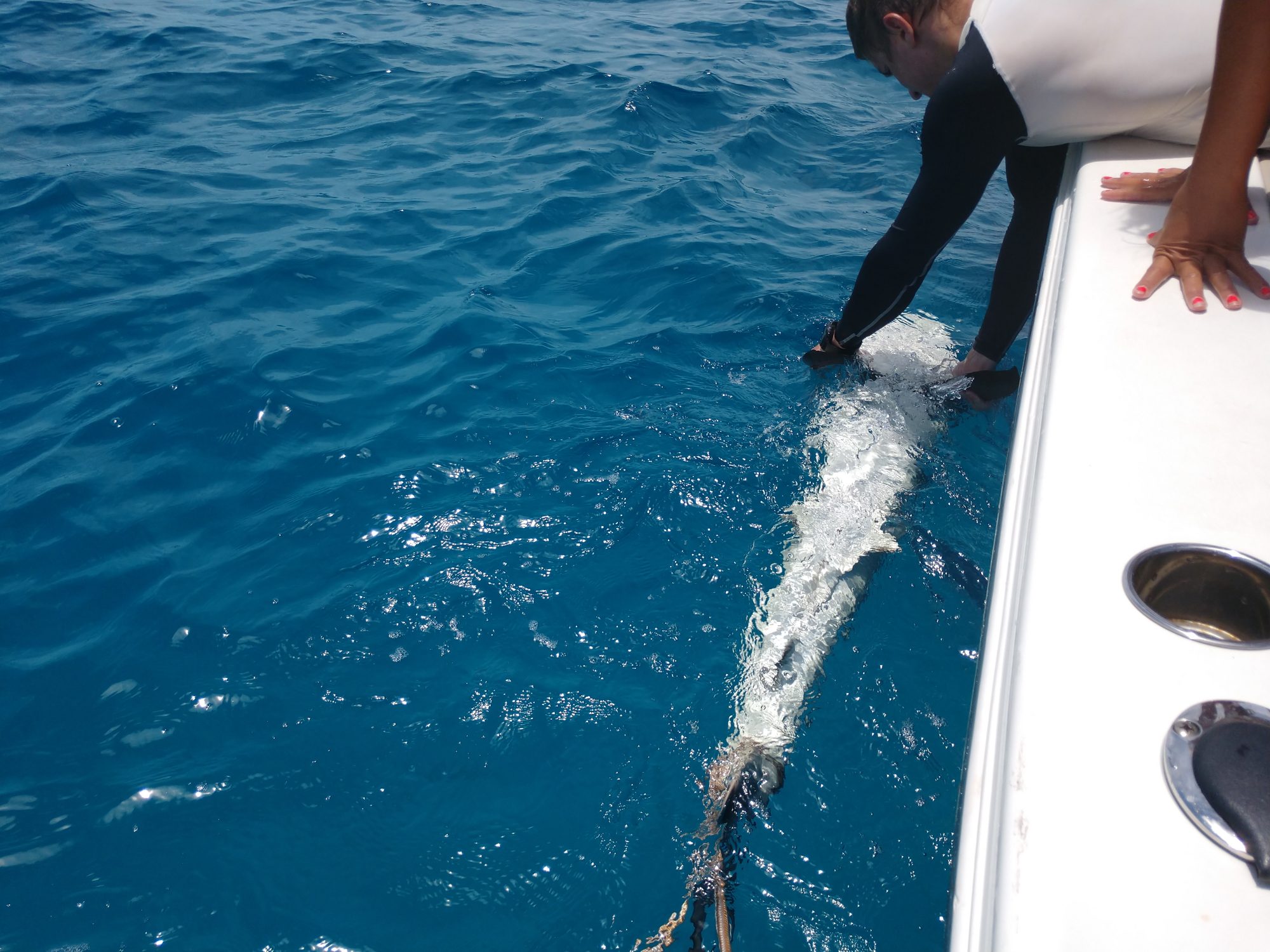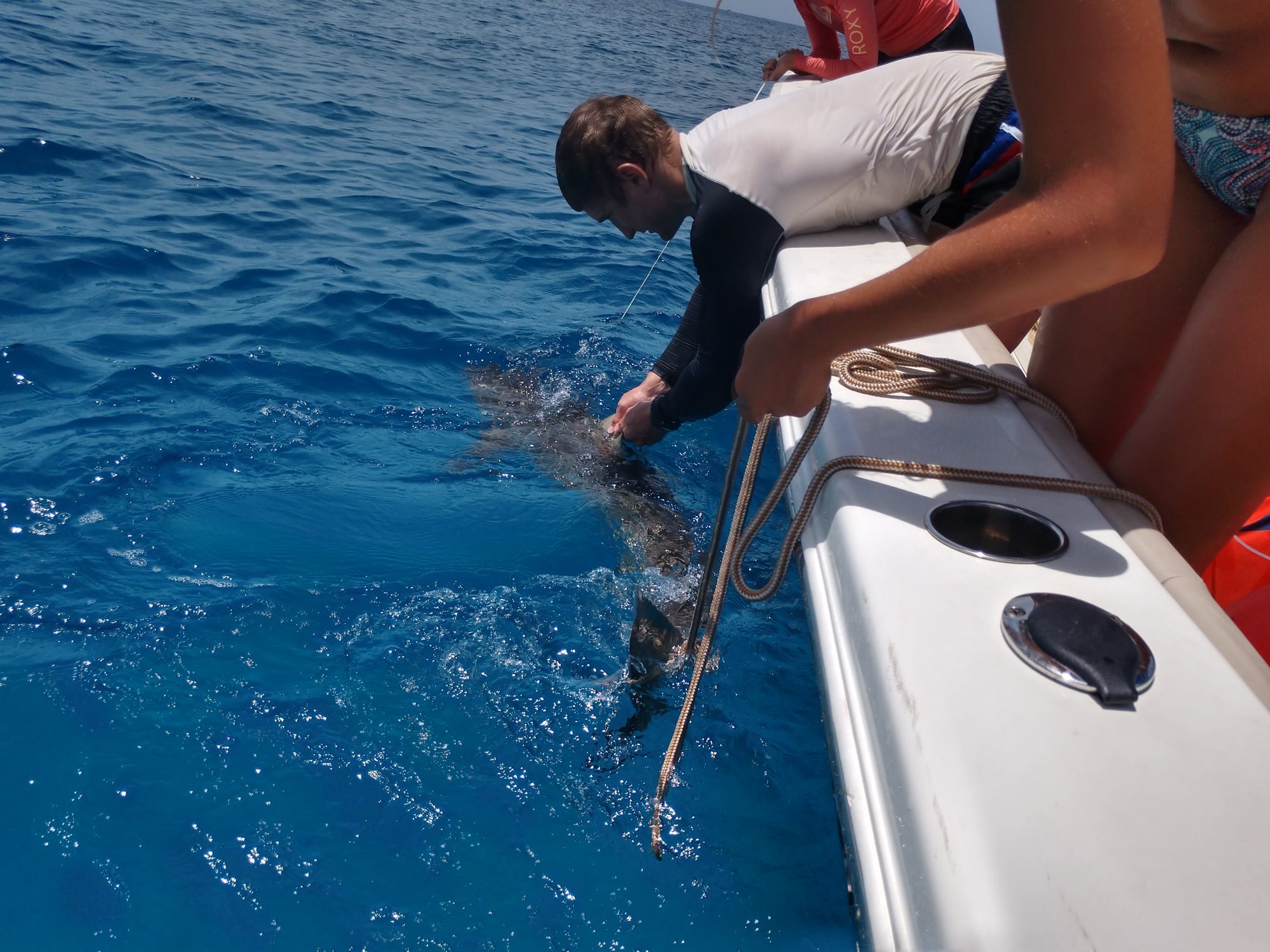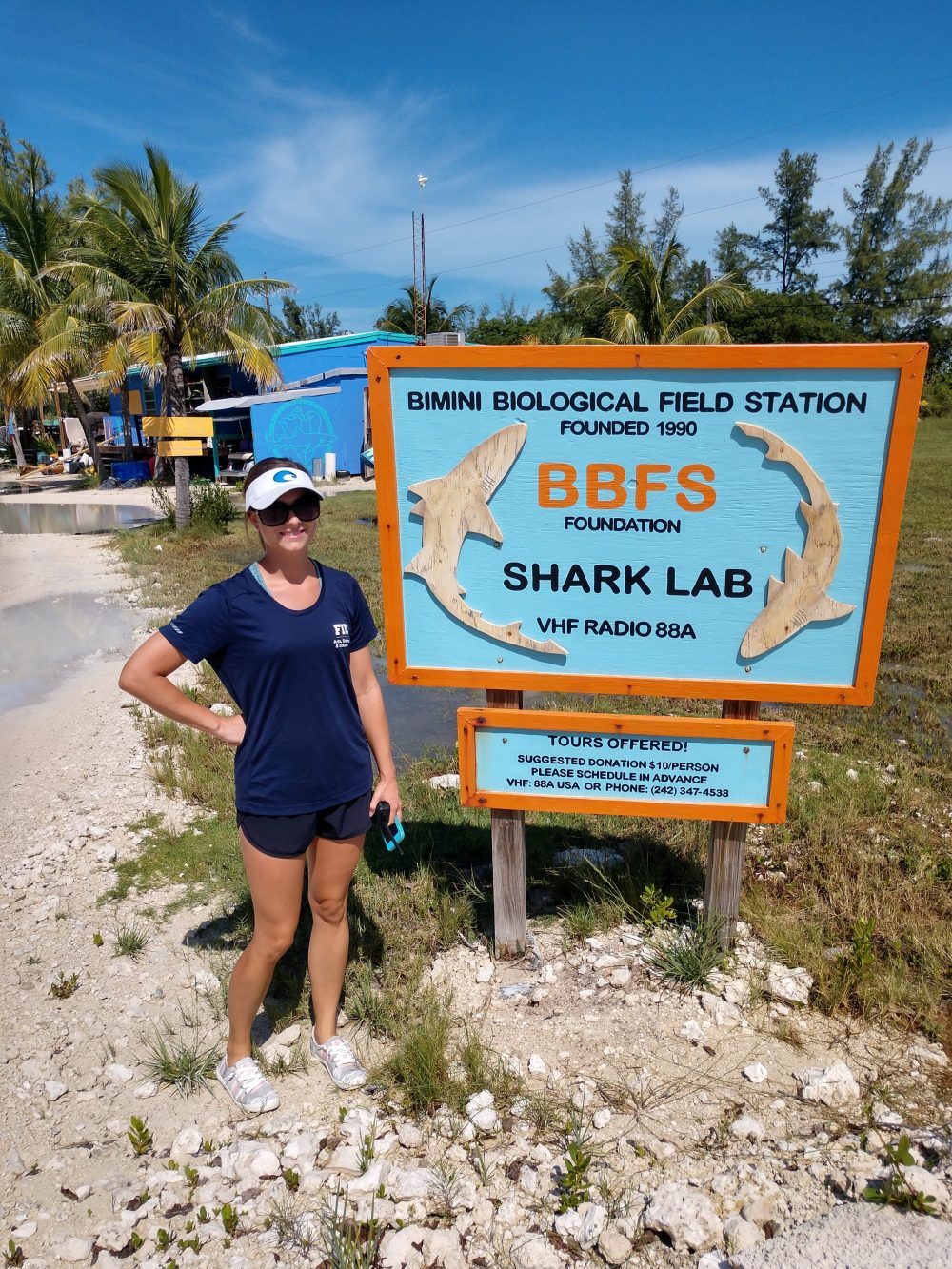Although trace heavy metals are normally required by the cells, these become toxic if they are present in large quantities. These stressors negatively impact populations, eventually driving their disappearance from coastal areas.
The availability of a decades-long historic archive of Lemon shark samples from these nurseries will open a window into the past, helping us understand how pollution has impacted the survival of Bimini shark populations. Along with the characterization of epigenetic changes, this study will help define biomarkers effective in assessing the impact of these stressors at different stages.











